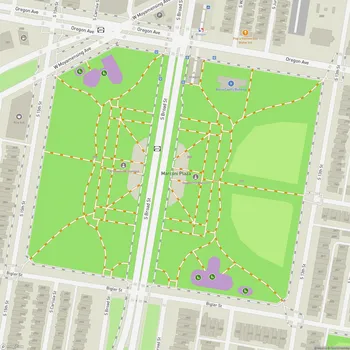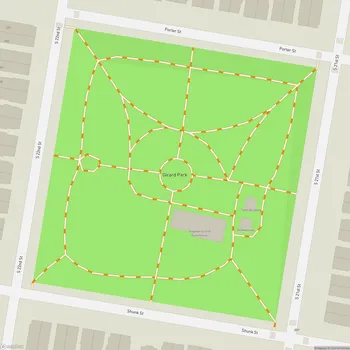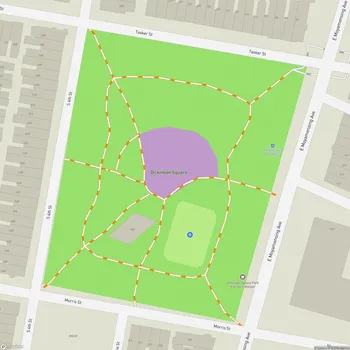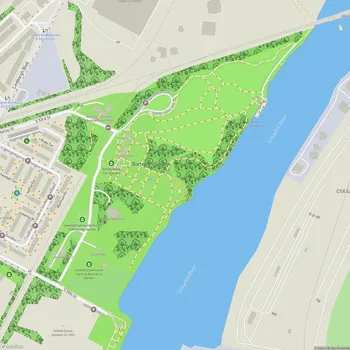Franklin Delano Roosevelt Park
Franklin Delano Roosevelt Park Map
About Franklin Delano Roosevelt Park in Philadelphia
FDR Park, originally named League Island Park, is a 348-acre public green space located in South Philadelphia, Pennsylvania. Designed by the Olmsted Brothers in the early 20th century, the park was built on reclaimed marshlands of Greenwich Island, one of several islands created by river channels in the 18th and 19th centuries.
The park features a picturesque landscape with curving roads and paths, curated views of architecture and landscape, and a series of tidal lakes encompassing the remains of Hollander Creek. Its design reflects the romantic vision of landscape architecture popularized by Frederick Law Olmsted, the father of the Olmsted Brothers.
In 1926, FDR Park hosted the Sesquicentennial Exposition, celebrating the 150th anniversary of the Declaration of Independence. Several structures from this event remain, including the American Swedish Historical Museum, a boathouse, and a gazebo. The park was renamed Franklin Delano Roosevelt Park in 1955, honoring the former U.S. president.
Today, FDR Park serves as the largest public green space in industrialized South Philadelphia and is a popular destination for residents and visitors alike. It offers a diverse array of recreational opportunities, natural habitats, and historic features. The park is known for its lakes, which have earned it the nickname "The Lakes" among locals, and is considered one of the best places in Philadelphia for bird watching due to its variety of habitats.
In recent years, FDR Park has undergone changes and improvements. The golf course, which operated for almost 80 years, was closed in 2019 with plans to convert the space into recreational areas. In 2023, the Anna C. Verna Playground was opened, featuring the largest swing set in North America and custom-designed "birdhouse" structures that acknowledge the park's role as a premier bird habitat.
FDR Park was added to the Philadelphia Register of Historic Places in 2000, recognizing its cultural and historical significance to the city.




